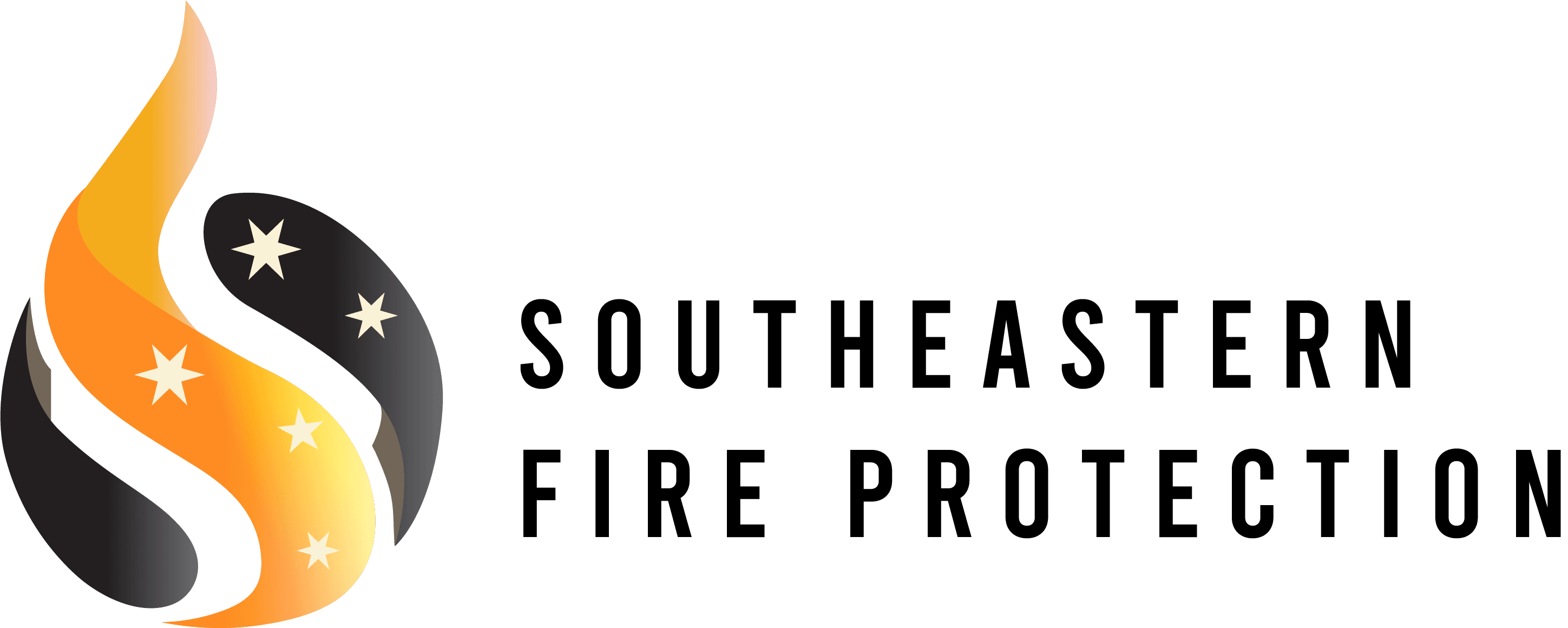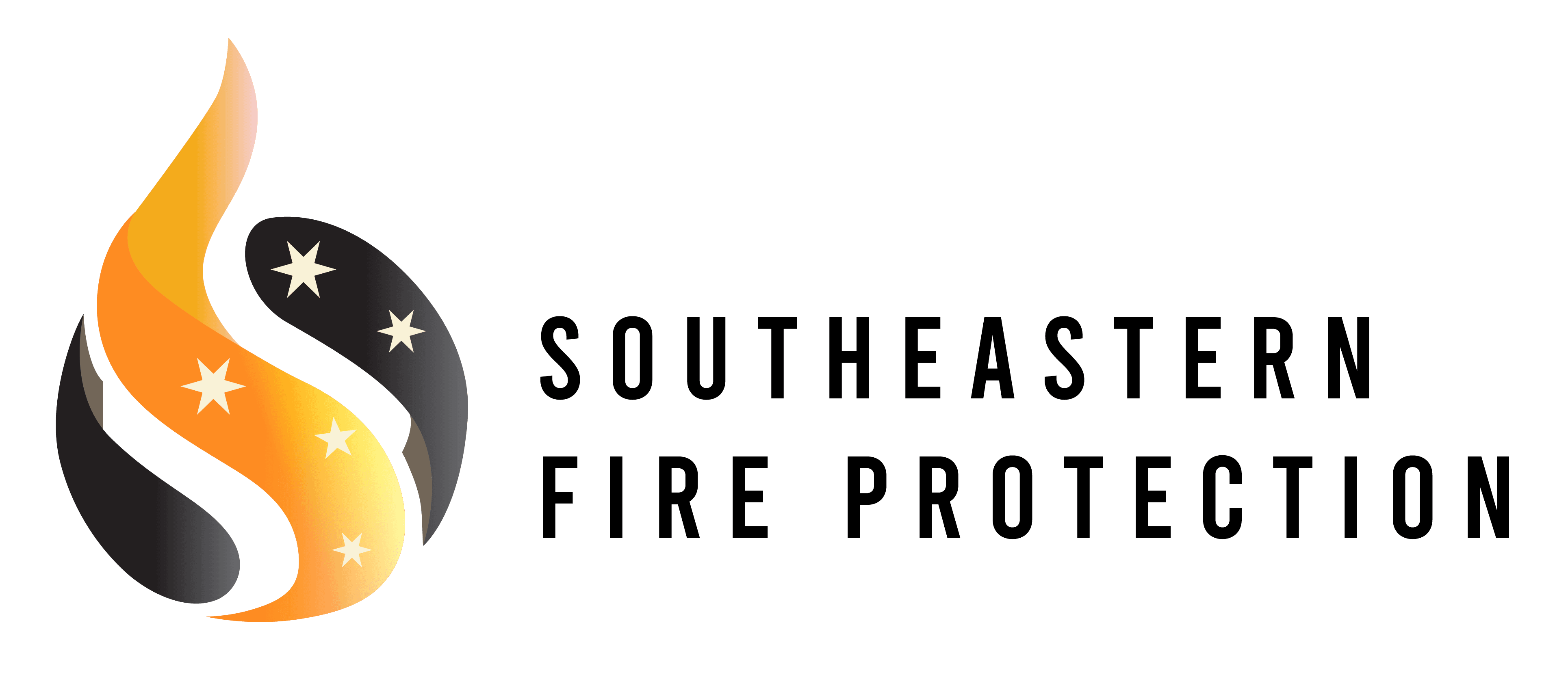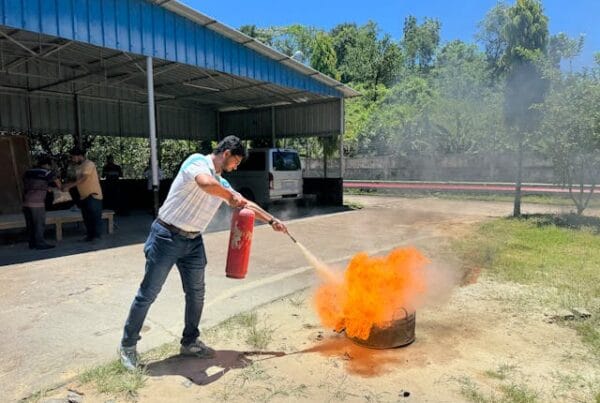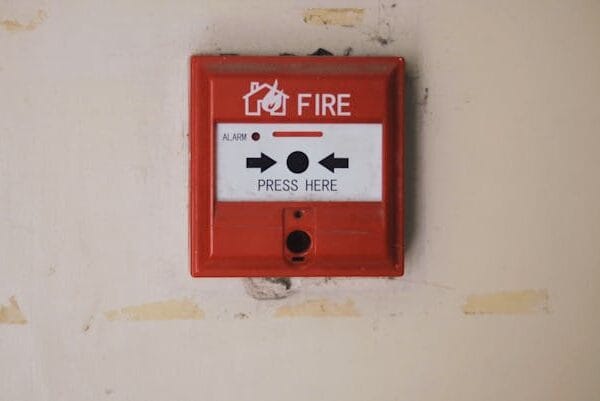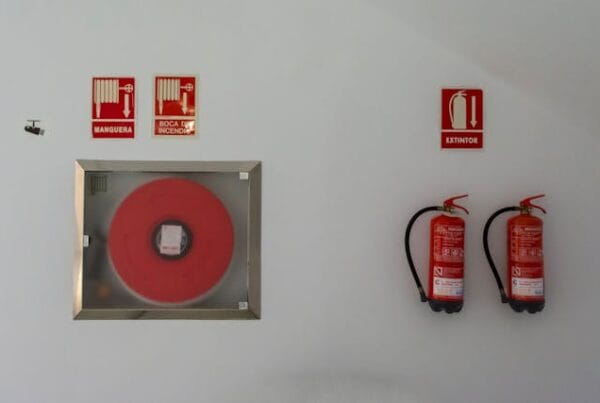
Introduction
Installing a state-of-the-art kitchen hood suppression maintenance & system is a critical first step in protecting your commercial kitchen from fire. However, the system’s reliability is not guaranteed forever. Like any complex mechanical safety device, it requires regular, professional attention to ensure it will function flawlessly when you need it most. A comprehensive kitchen hood suppression maintenance program is not only mandated by law and fire codes but is also essential for operational readiness and peace of mind. Neglecting maintenance can lead to catastrophic system failure, voided insurance policies, and severe liability. This guide covers everything you need to know about keeping your fire suppression system in peak condition.
Why Kitchen Hood Suppression Maintenance is Mandated by Law
The requirement for regular kitchen hood suppression maintenance is clearly outlined in national and local fire codes, primarily based on NFPA 96: Standard for Ventilation Control and Fire Protection of Commercial Cooking Operations. This standard explicitly requires that kitchen hood suppression systems be inspected semi-annually (every six months) by a properly trained and certified technician. Local fire marshals and Authorities Having Jurisdiction (AHJ) enforce these standards rigorously. A dated and signed service tag must be visible on the system at all times, providing proof of compliance. Failure to adhere to this schedule can result in fines, forced business closure, and in the event of a fire, can be considered negligence, opening the business owner to significant legal and financial repercussions.
The Semi-Annual Inspection: What a Certified Technician Checks
A professional semi-annual kitchen hood suppression maintenance service is a thorough, multi-point inspection. During this visit, a certified technician will perform a series of critical tasks to verify the system’s integrity and functionality. They will examine the entire system for any signs of physical damage, corrosion, or tampering. The technician will check the pressure gauge on the agent cylinder to ensure it is within the acceptable range and verify the date on the cylinder to ensure it hasn’t exceeded its mandated hydrostatic test date. A key part of the service involves replacing the heat-sensitive fusible links, as their efficacy can degrade over time due to exposure to the greasy, high-heat kitchen environment. The technician will also test the pull station and the gas shut-off valve to confirm they operate smoothly. Finally, they will ensure all nozzles are clean, properly aimed, and that their protective blow-off caps are intact.
The Role of Staff and In-House Checks in Kitchen Hood Suppression Maintenance
While professional kitchen hood suppression maintenance is required every six months, daily and monthly in-house checks by kitchen staff play a vital supportive role. Staff should be trained to perform quick visual inspections as part of their opening or closing duties. This includes checking that the nozzles are not obstructed by grease or objects, ensuring the manual pull station is accessible and its pin is in place, and looking at the system’s pressure gauge to see if it’s still in the green zone. If any issues are noted, such as a damaged nozzle or a gauge in the red, a professional service call should be scheduled immediately. Furthermore, regular and thorough cleaning of the kitchen hood, baffles, and ductwork is crucial. Excessive grease buildup is a primary fire hazard and can impede the effectiveness of the suppression system.
What Happens If Your System Fails an Inspection?
If your system fails a kitchen hood suppression maintenance inspection, the technician will provide a detailed report outlining the deficiencies. These can range from minor issues, like a dirty nozzle, to major problems, such as a depressurized cylinder or a damaged control head. The technician will provide a quote for the necessary repairs, which must be completed to bring the system back into compliance. You will not receive a new, certified service tag until all deficiencies are corrected. Operating a kitchen with a non-compliant system is a serious risk. It’s imperative to address any identified issues promptly to ensure the safety of your establishment and avoid penalties from the fire marshal.
Conclusion
Your kitchen fire suppression system is your silent guardian, ready to spring into action at a moment’s notice. However, its readiness depends entirely on a consistent and professional kitchen hood suppression maintenance schedule. The mandated semi-annual inspections performed by certified technicians are the cornerstone of this program, ensuring every component is working as designed. By supplementing these professional services with regular in-house checks and diligent hood cleaning, you create multiple layers of safety. Investing in proper maintenance isn’t just about compliance; it’s about making a commitment to the safety of your employees, your customers, and the future of your business.
